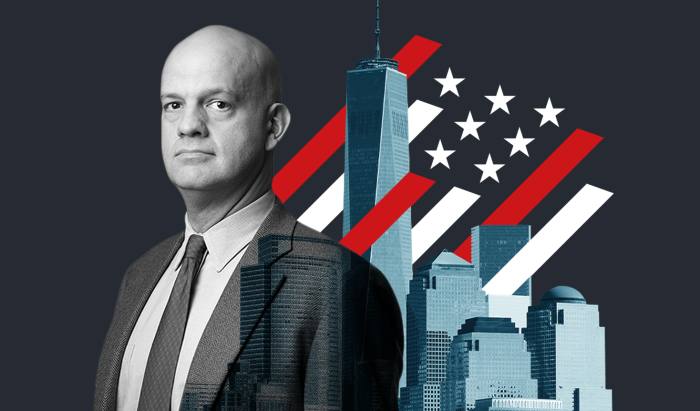[ad_1]
Lenders recouped far less from US companies that went bust during the pandemic than in previous economic downturns, a new report has revealed, reflecting loose underwriting standards and shifts in corporate debt structures.
The average recovery rate for the holders of bonds and loans was 45 cents on the dollar, rating agency Moody’s found, down from 59 cents in the 2008-09 financial crisis and below the historical average of more than 50 cents.
Oil and gas group Gavilan Resources provided the lowest company-wide recovery during the pandemic at just 9 cents on the dollar.
The Moody’s report outlines a marked shift in how much investors can expect to retrieve from companies they lend to should they renege on their obligations — the effects of a decade of rampant demand for corporate debt and of borrowers having the upper hand over lenders.
“It’s a significant change in the narrative for recoveries,†said David Keisman, one of the report’s authors.
Moody’s noted that the company-wide averages downplayed the severity of the situation for specific types of debt. Subordinated bondholders, which sit just one level above equity investors in terms of seniority in bankruptcy, received an average of just one cent for every dollar. This was a drop from 29 cents on the dollar from the financial crisis, and down from 23 cents during the dotcom bust.

Senior unsecured bondholders, which sit on the next level up, received just 5 cents on the dollar on average, down from 49 cents during the financial crisis.
Loan investors, which typically sit at the top, or very close to the top, of a company’s capital structure with a claim on the company’s assets in bankruptcy, received 47 cents on the dollar, down from an average of over 70 cents in each of the past three major downturns.
“It’s a very big drop,†said Keisman. Moody’s had predicted in 2018 that recoveries for loans would fall to 61 cents on the dollar in the next downturn. “We have been expecting this for several years . . . I don’t know anyone saying it will stop. The genie is not going back in the bottle.â€
The Moody’s research analysed 43 companies that defaulted on their debts between March and September last year and have since concluded the lengthy process of settling final payouts.
The rating agency highlighted a trend towards looser documentation underpinning bonds and loans in the build-up to the pandemic crisis, allowing companies more flexibility to avoid bankruptcy for longer when the coronavirus-induced downturn hit.
This contributed to the much lower numbers of companies defaulting during the pandemic, but it also meant that once a company eventually did file for bankruptcy, it was in a far worse state, resulting in lower recoveries for creditors.
Debt structures explained
Revolvers: Pre-agreed loans between companies and their banks that can be drawn down when needed.
Loans: Typically loans to companies syndicated across a large number of investors, who have a claim on the company’s assets if it defaults.
Senior unsecured bonds: Another form of lending between investors and companies, this time without any claim to the company’s assets.
Subordinated bonds: These are unsecured bonds which are lower-ranking in terms of payment order in bankruptcy.
Moody’s also noted a slow erosion in the amount of subordinate debt, which supported recoveries for more senior loan holders. Investors are more concentrated in the upper tiers of the capital structure, diluting claims on the company’s assets.
In more than half of the cases analysed by Moody’s with defaulted loans, there was a higher priority to be paid in bankruptcy sitting ahead of them in the capital structure.
“We have been anticipating this,†said Julia Chursin, another of the report’s authors. “The deterioration in structure has been going on for years.â€
Among the companies that defaulted, most came from the sectors of the economy worst hit by the pandemic. Energy companies, which floundered after a sharp drop in demand hit oil prices, made up more than a third of the issuers with below-average recoveries, followed by retail.
Unhedged — Markets, finance and strong opinion

Robert Armstrong dissects the most important market trends and discusses how Wall Street’s best minds respond to them. Sign up here to get the newsletter sent straight to your inbox every weekday
[ad_2]
Source link





